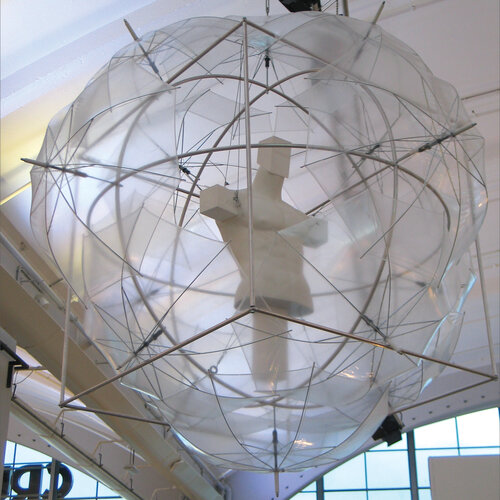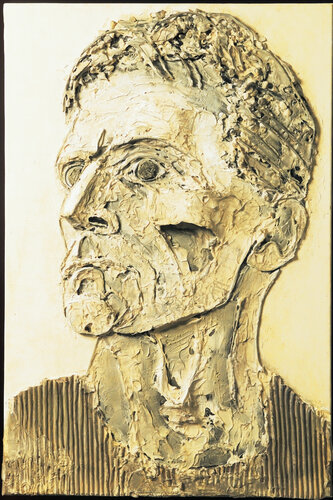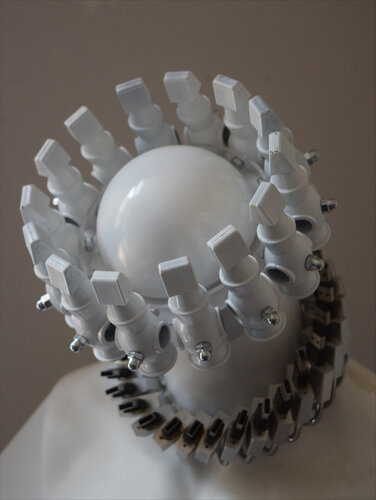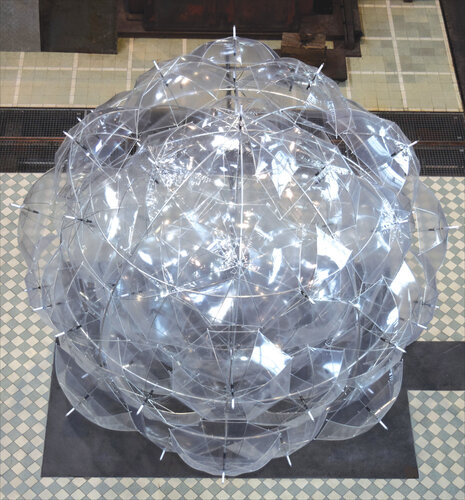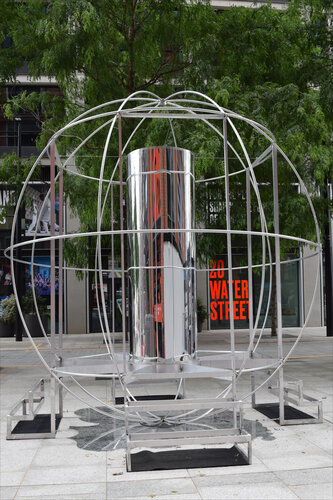der perfekte Mensch
der perfekte Mensch
The installation “der perfekte Mensch” is a visual quest for our European identity: who are we and how did history mould us? The artist witnesses an apparent urge for perfection and traces it down to its roots in classicism and Christianity. Men and women slave away to combine an ambitious professional career with good looks and a busy social life whilst living up to the highest standards as a parent and lover. In what seems a personal free choice, they bear this burden with enthusiasm until a burn out knocks them down.
The media-driven culture in our 21st century Western society is dominated by digitally edited models and facelifted actors carrying out a message of physical perfection: beauty has become a major standard for success. Marketing campaigns exploit the financial possibilities of acquiring better looks through cosmetics, fitness training or aesthetic surgery. Consumerism – supported by medical improvements – finds a willing victim in the belief of manufacturability of the human individual. There is an evolutionary basis for this urge. Bodily symmetry is perceived as beauty and constitutes a strong aphrodisiac: it advertises “no genetic errors here!”. There is an interesting parallel to be drawn between the adoration of contemporary celebrities and the worship of religious idols. Jesus of Nazareth – symbol of moral perfection – has been depicted as a physically perfect human being by numerous artists throughout history.
Visually, the idea for this installation originates from a drawing by Leonardo da Vinci. His “Vitruvian man” depicted the ideal human proportions. To the ancient Greeks and Romans, beauty was a sign of divinity. In the arts classical antiquity has set our standards for taste during 2 millennia. Mark Swysen stages a three-dimensional version of this iconic image and integrates the Christ figure. The perfect male figure is reduced to a torso, overcome by cuboids suggesting a crucifix. The sculpture is suspended inside an aluminium globe with transparent umbrellas attached to the meridians, serving as a protective cocoon. This sphere is encaged within a cube with its angles aggressively sticking out.
The peculiar preference for a German title refers to Friedrich Jahn, the founder of German gymnastics: his notion of physical idolatry became a significant component of the national socialist ideology of a master race.

Mark Swysen
Meer van deze kunstenaar
Ontdek open calls
Word uitgedaagd door heel diverse open calls of verspreid je eigen open call hier.
Vind kunstenaars
Zoek naar kunstenaars in je buurt of naar werk in een specifieke techniek.
Ontwerp: Studio Mast | Website: eps en kaas



